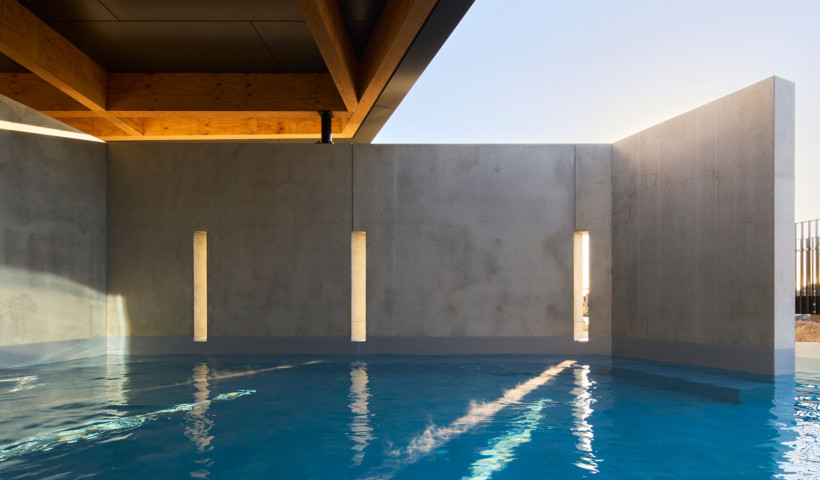
Building energy-efficient structures is more crucial than ever. It saves energy costs and reduces greenhouse gas emissions. The type of concrete used significantly impacts this. Allied Concrete's low-carbon concrete, Ecrete, is central to their sustainable solutions and can be used independently or as part of the SuperSlab+ range.
Here’s how an energy-efficient building with Ecrete and SuperSlab+ reduces emissions during construction and operation:
Reduced carbon footprint during construction
Using low-carbon concrete like Ecrete reduces emissions. Ecrete incorporates various methods, including the use of supplementary cementitious materials (SCMs), lower carbon cement made in New Zealand, sustainable aggregate sourcing, and other initiatives, significantly lowering CO2 emissions compared to traditional Portland cement. From the start, your building has a reduced environmental impact.
Enhanced thermal mass and improved insulation for energy savings
Concrete’s high thermal mass allows it to absorb and store heat, maintaining stable indoor temperatures. During the day, it absorbs heat from sunlight, keeping the building cooler, and at night, it releases stored heat, reducing the need for heating. SuperSlab+, Allied Concrete's edge insulated foundation system, creates an airtight, energy-efficient building. This reduces heat loss in winter and heat gain in summer, leading to significant energy savings and fewer greenhouse gas emissions as heating and cooling systems don’t need to work as hard.
Durability and longevity for less maintenance
Concrete is durable and long-lasting. Buildings with high-quality concrete require fewer repairs and replacements, leading to lower resource consumption and waste. This durability reduces the environmental impact compared to buildings with less durable materials needing frequent upkeep.
Compliance with green building standards
SuperSlab+ helps meet New Zealand's H1 compliance standards, focusing on energy efficiency. H1 compliance ensures buildings use energy efficiently, reducing consumption and emissions. By using SuperSlab+, builders can achieve H1 compliance more easily, supporting sustainable building practices and enhancing energy efficiency. Ecrete is an additional option that makes the floor more sustainable and meets Green Building Standards.
Choosing an energy-efficient design with low-carbon concrete and perimeter insulation offers ongoing environmental benefits compared to traditional slab construction. It reduces the initial carbon footprint, enhances thermal efficiency, minimises energy consumption, and supports sustainable practices. By using SuperSlab+ with Ecrete, builders can significantly reduce greenhouse gas emissions over the building's lifetime, promoting a healthier and more sustainable future.
Allied Concrete are proud to be part of the solution. For more information on their low-carbon concrete products, visit www.alliedconcrete.co.nz or contact their team of experts today.










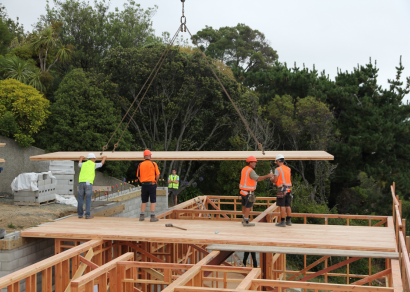

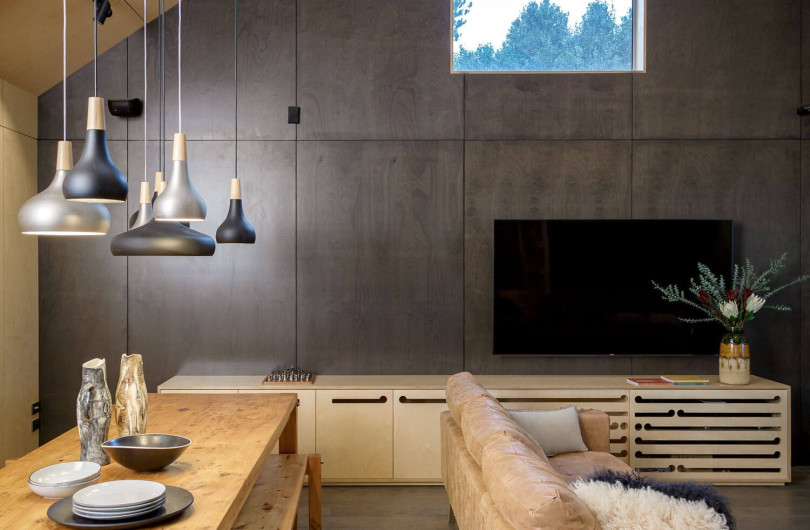
 Case Studies
Case Studies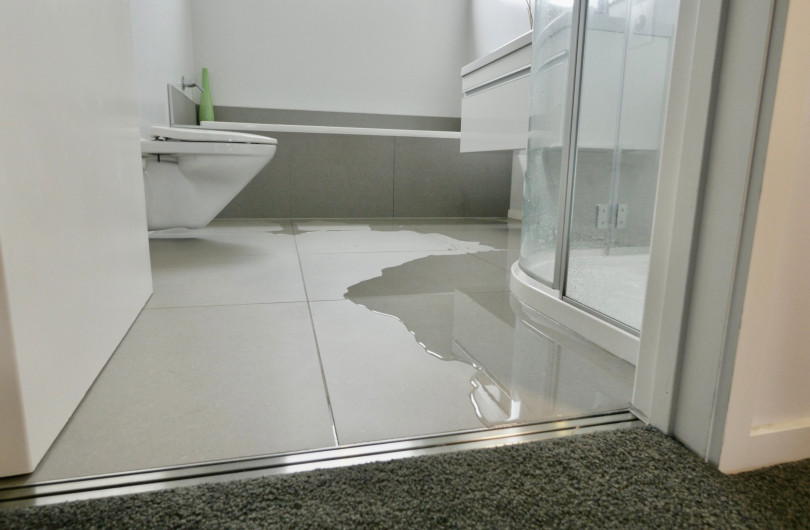
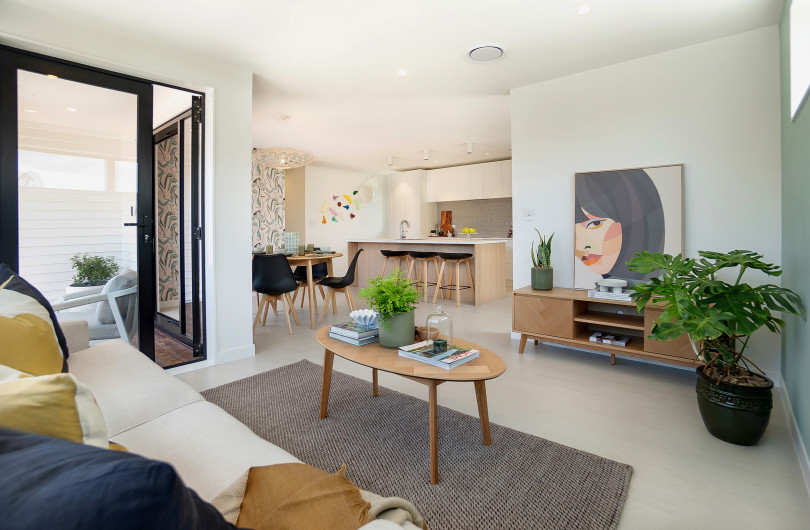


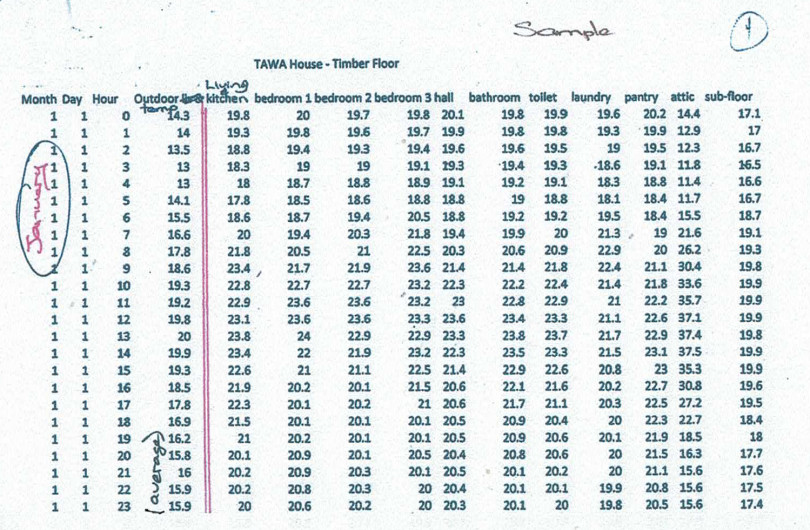




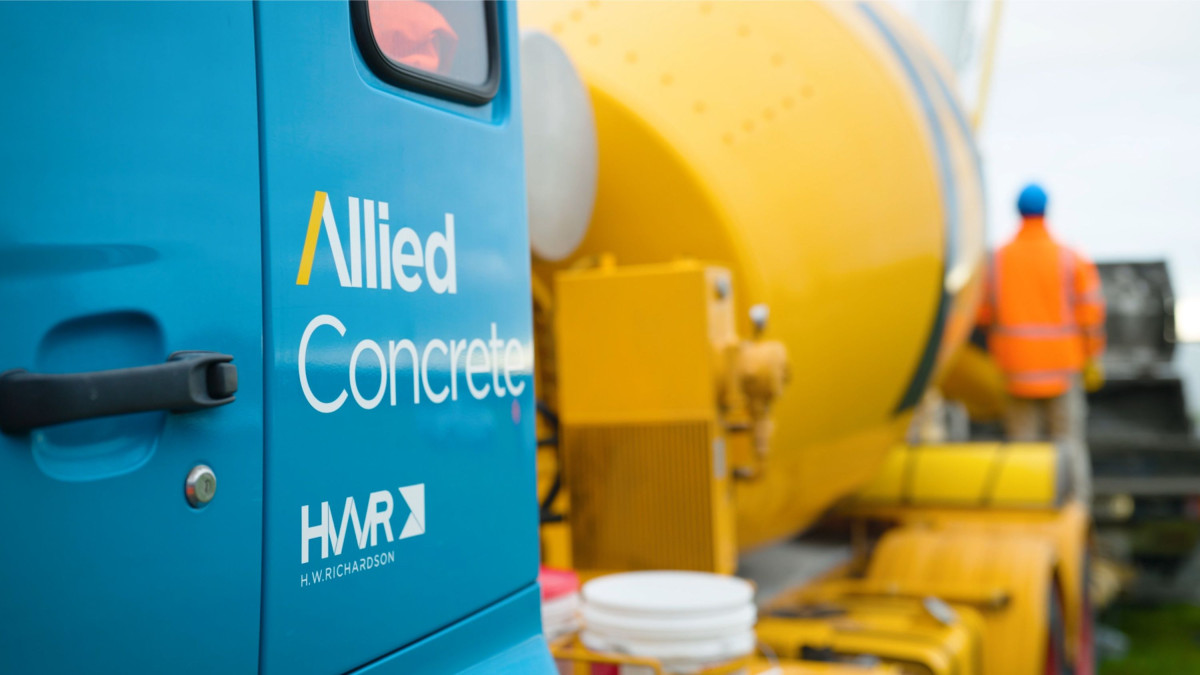
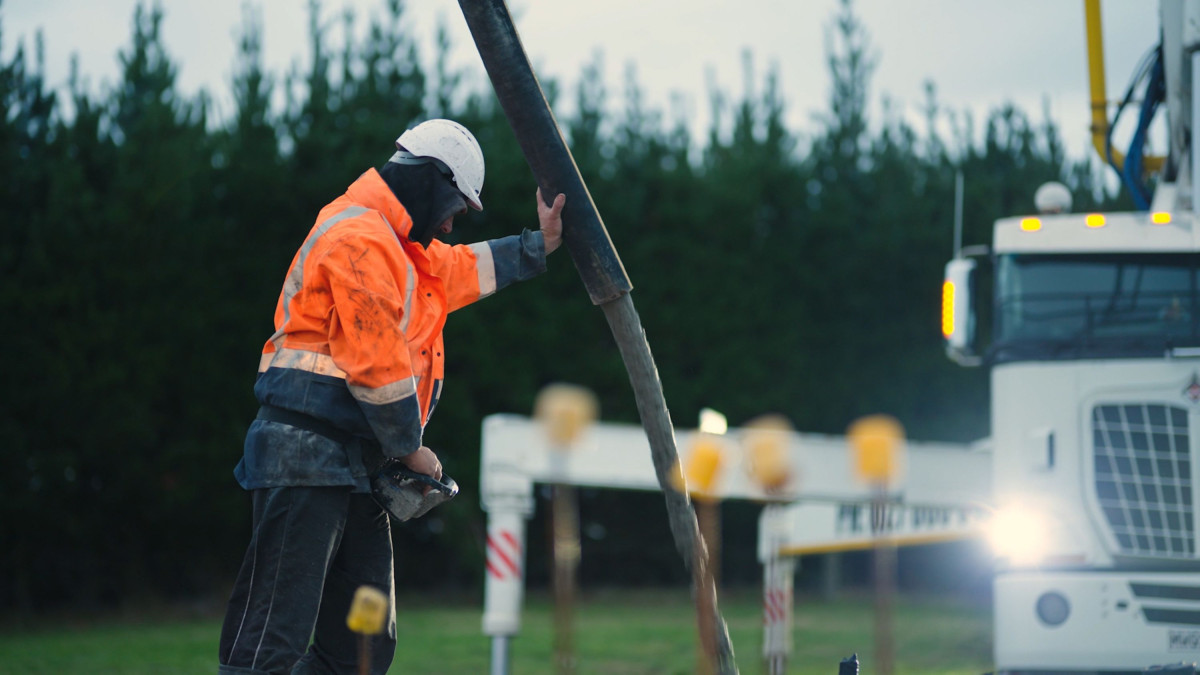
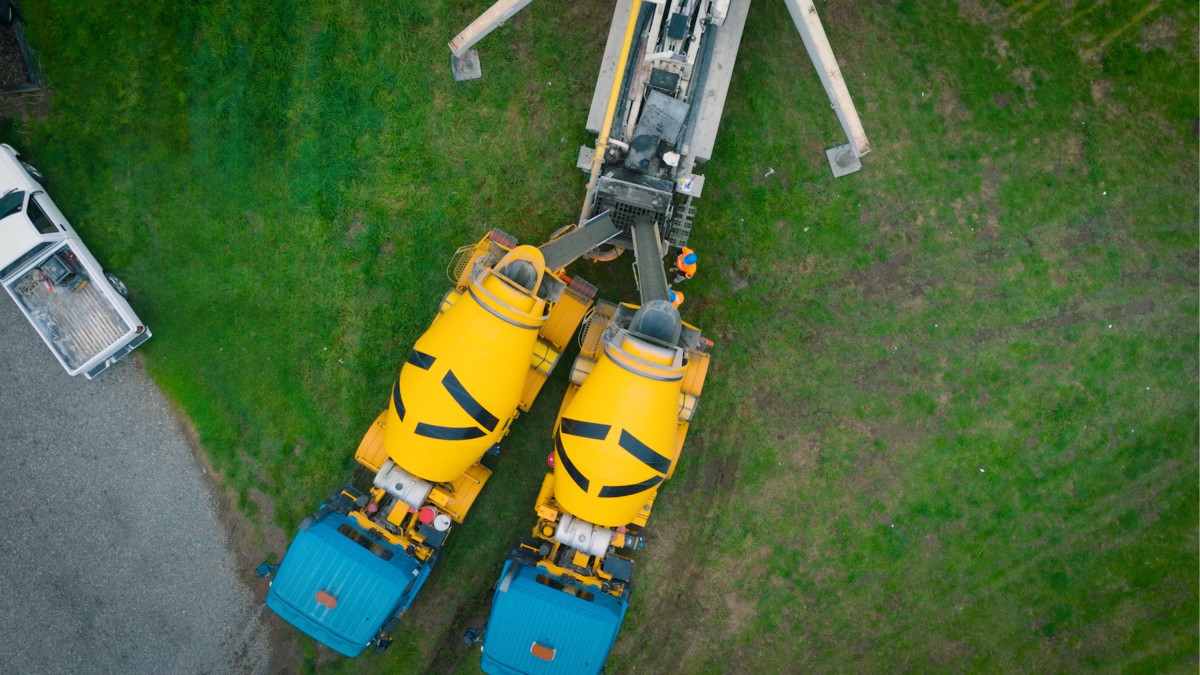
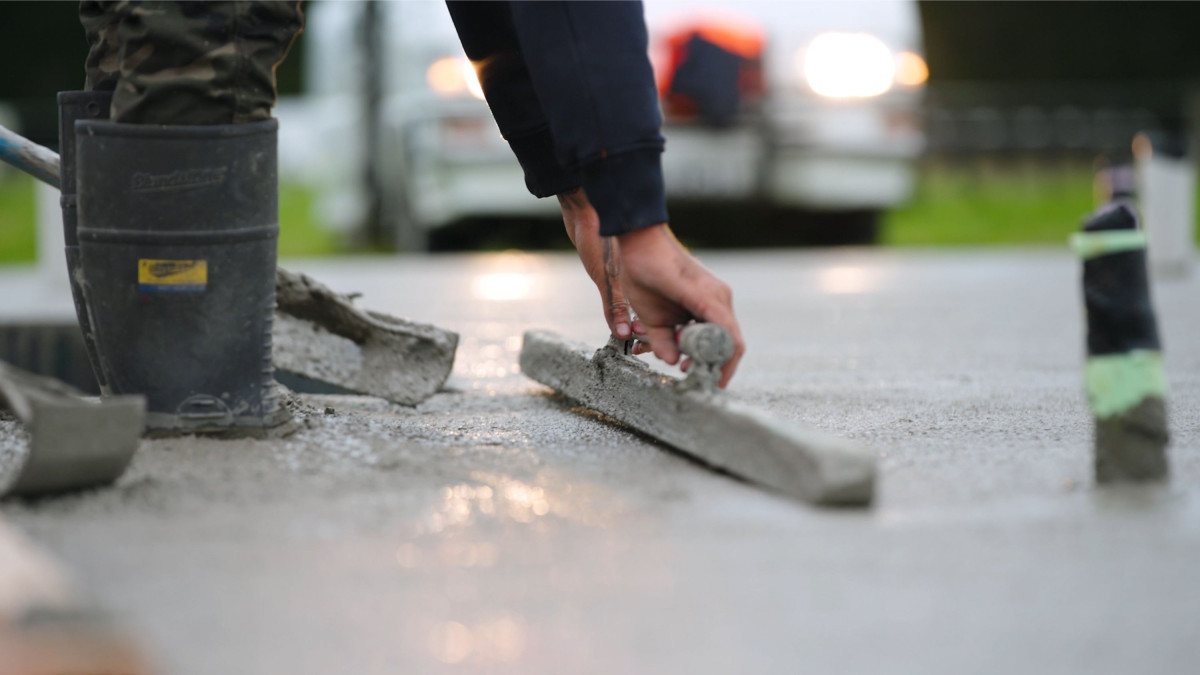


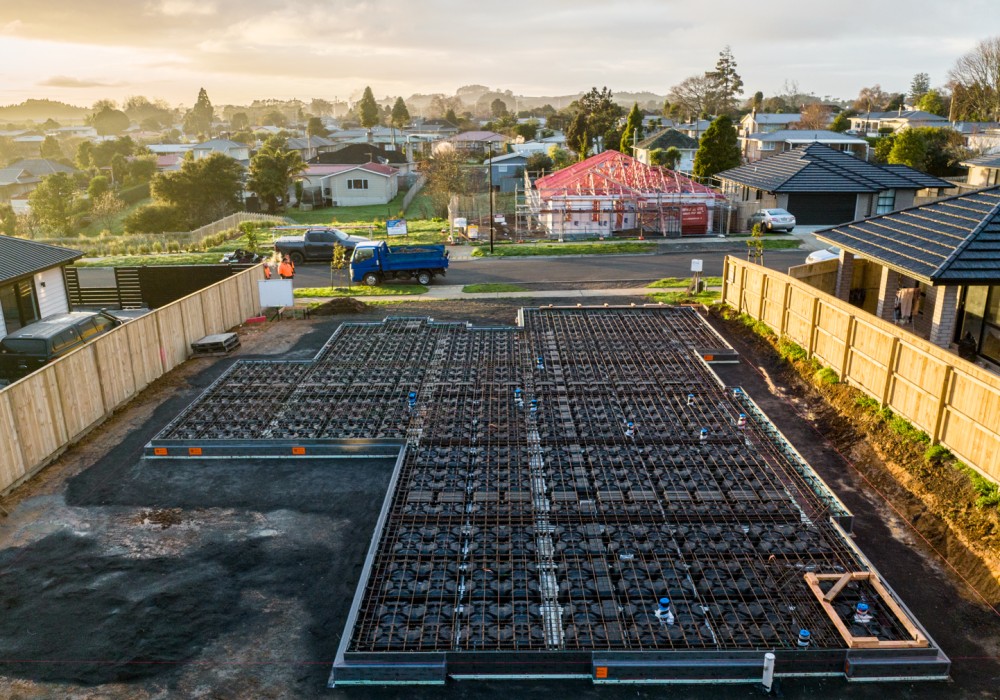
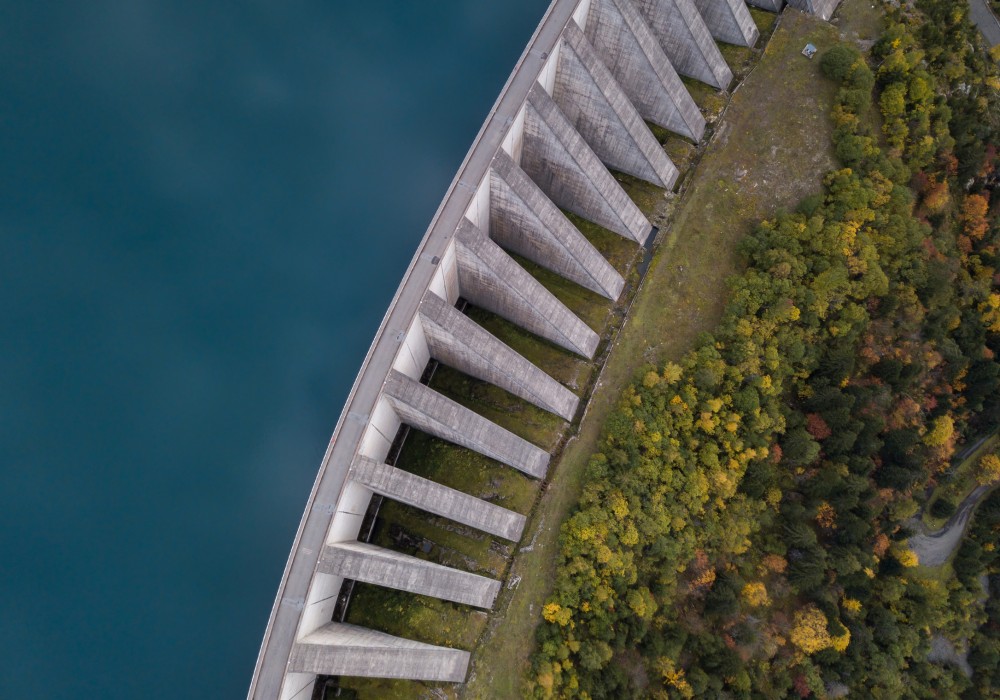

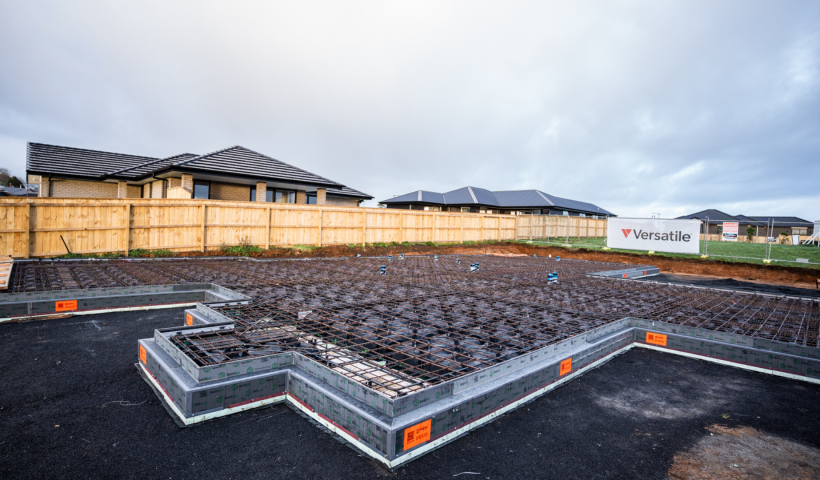
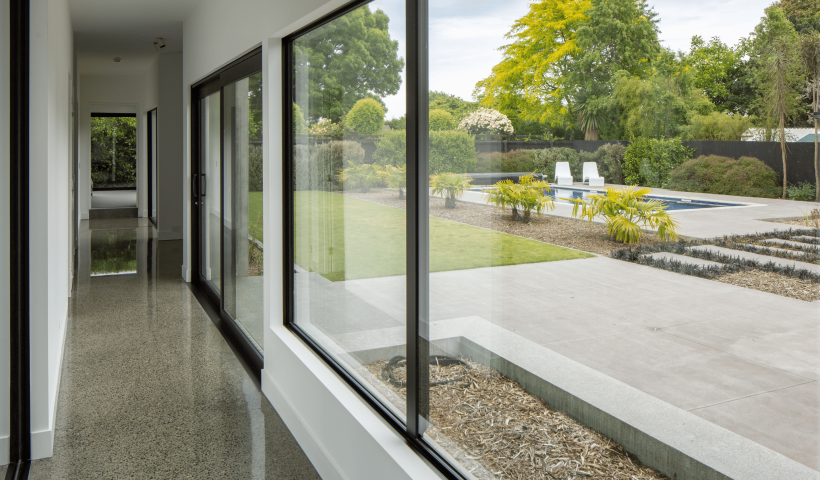
 Popular Products from Allied Concrete
Popular Products from Allied Concrete


 Most Popular
Most Popular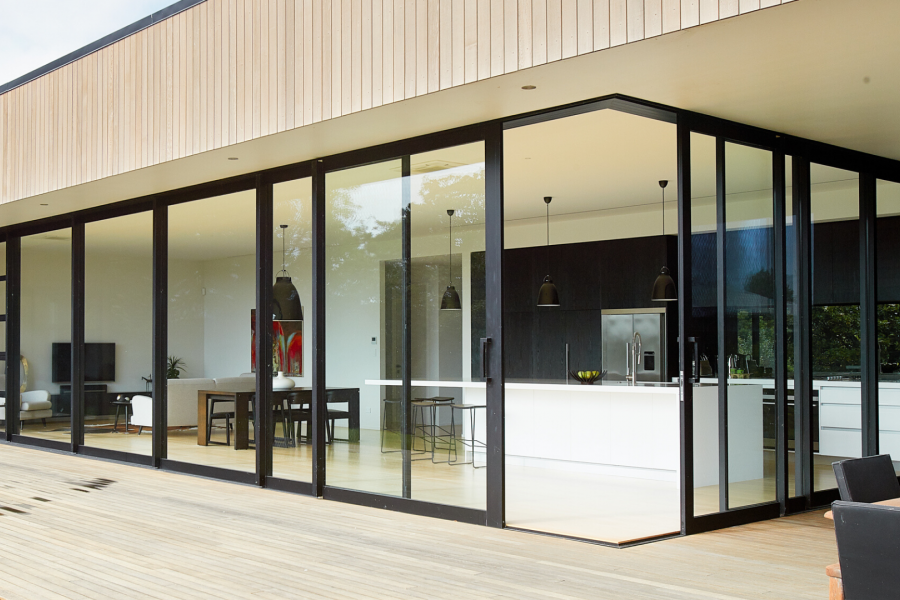
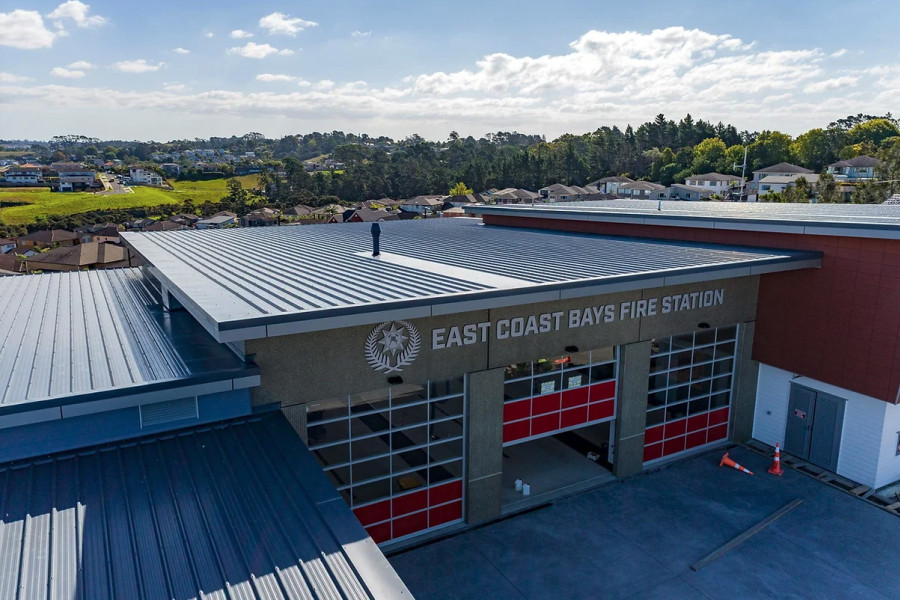
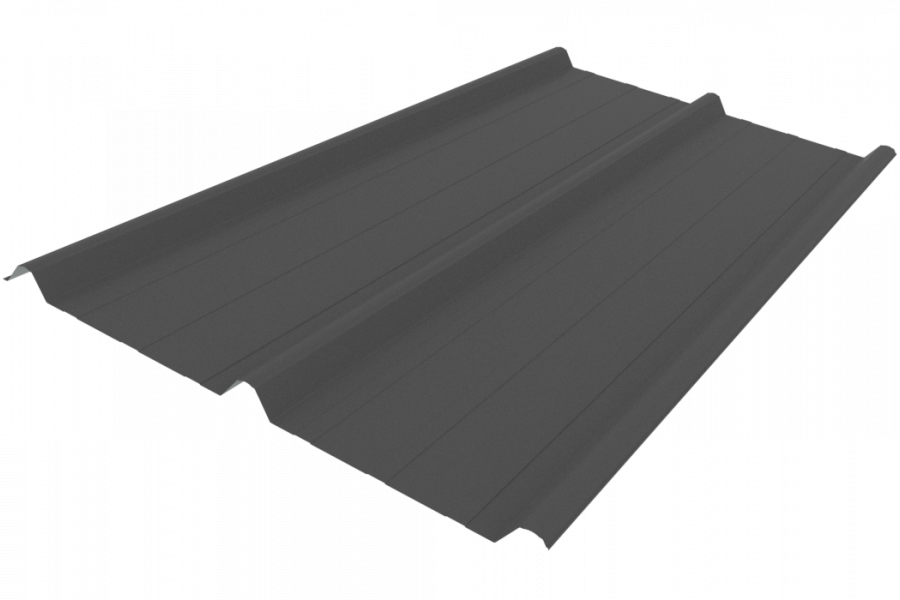
 Popular Blog Posts
Popular Blog Posts